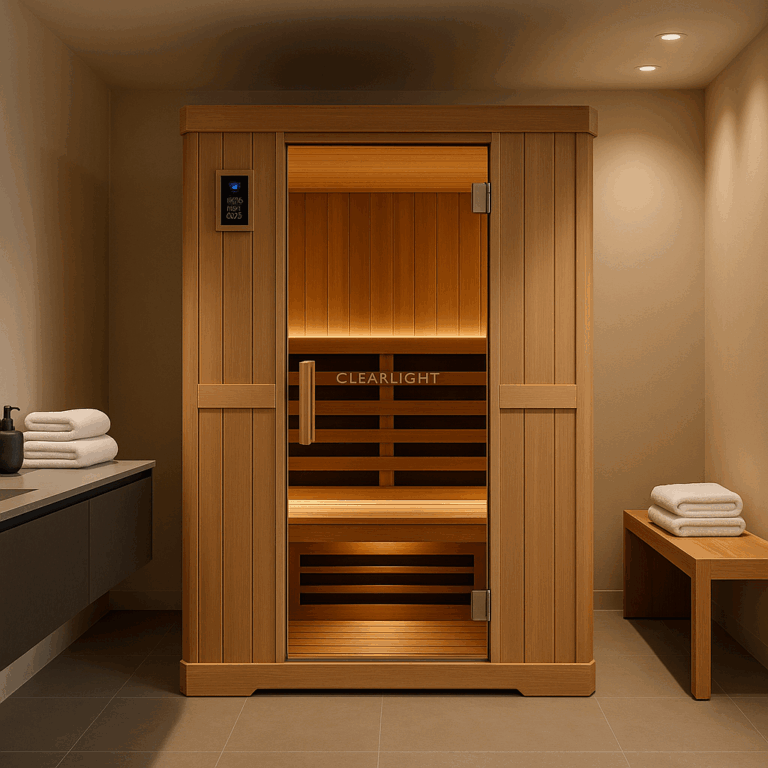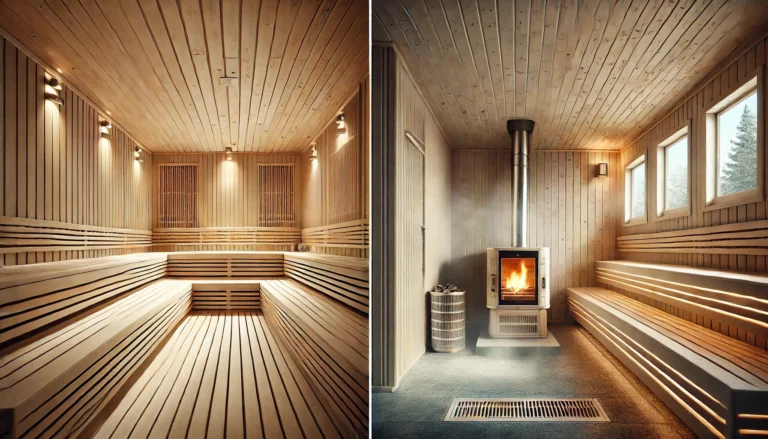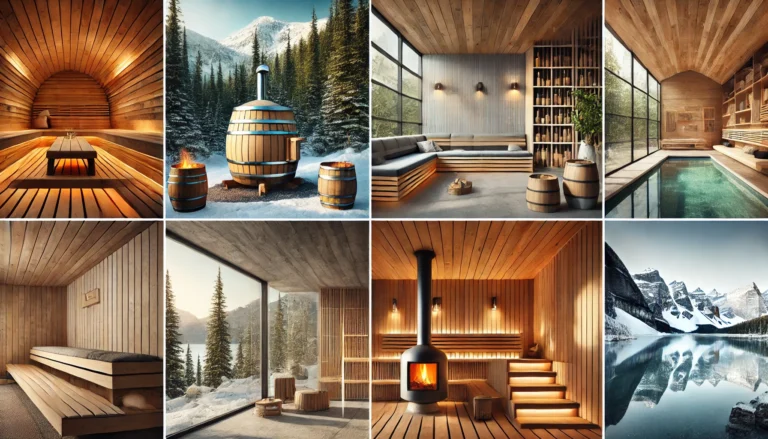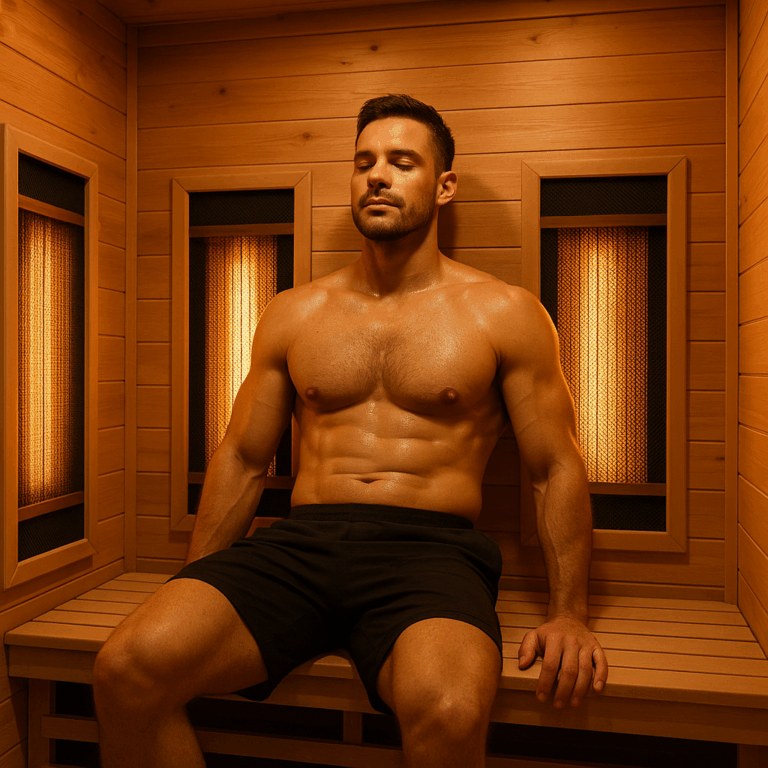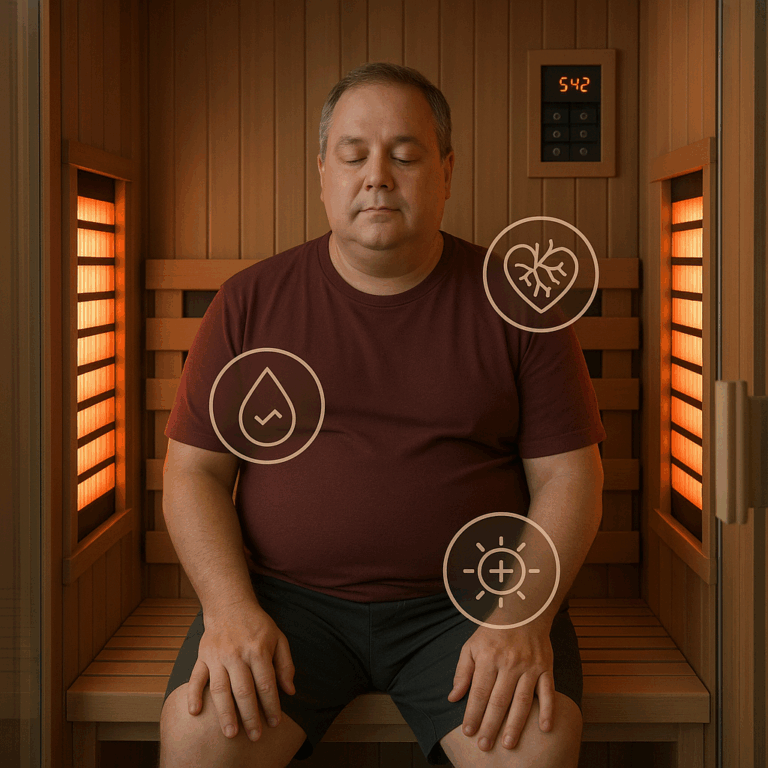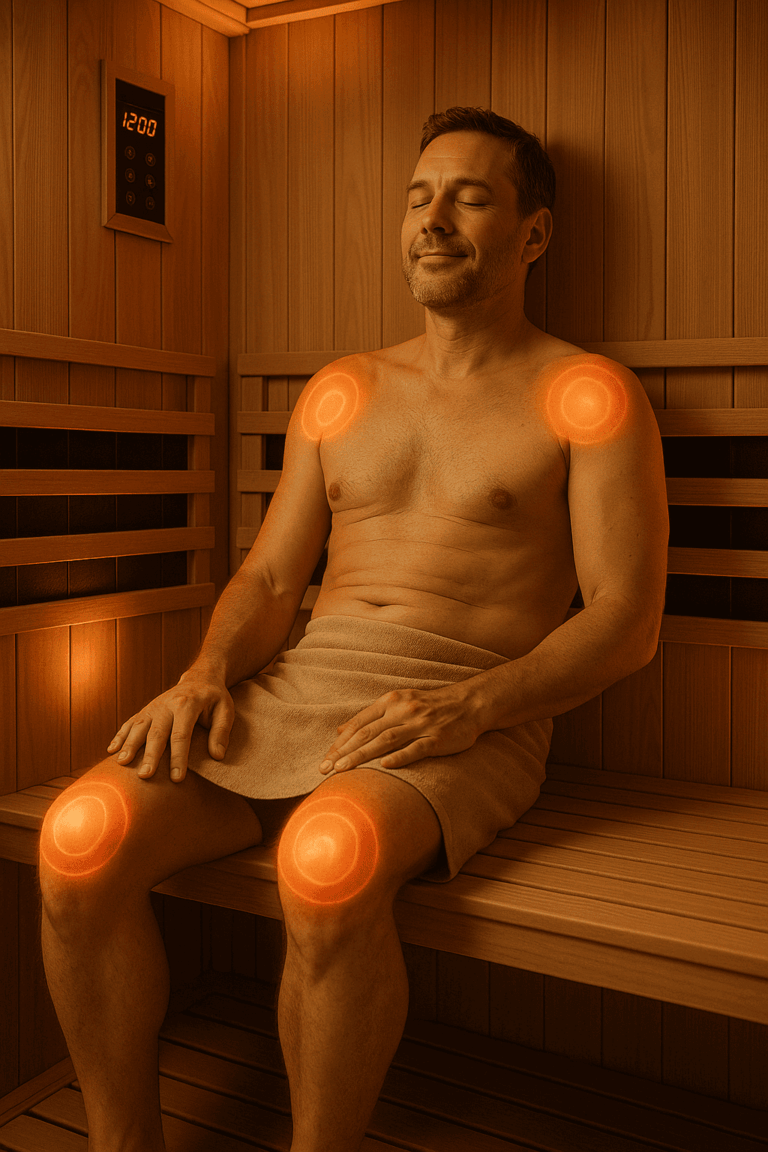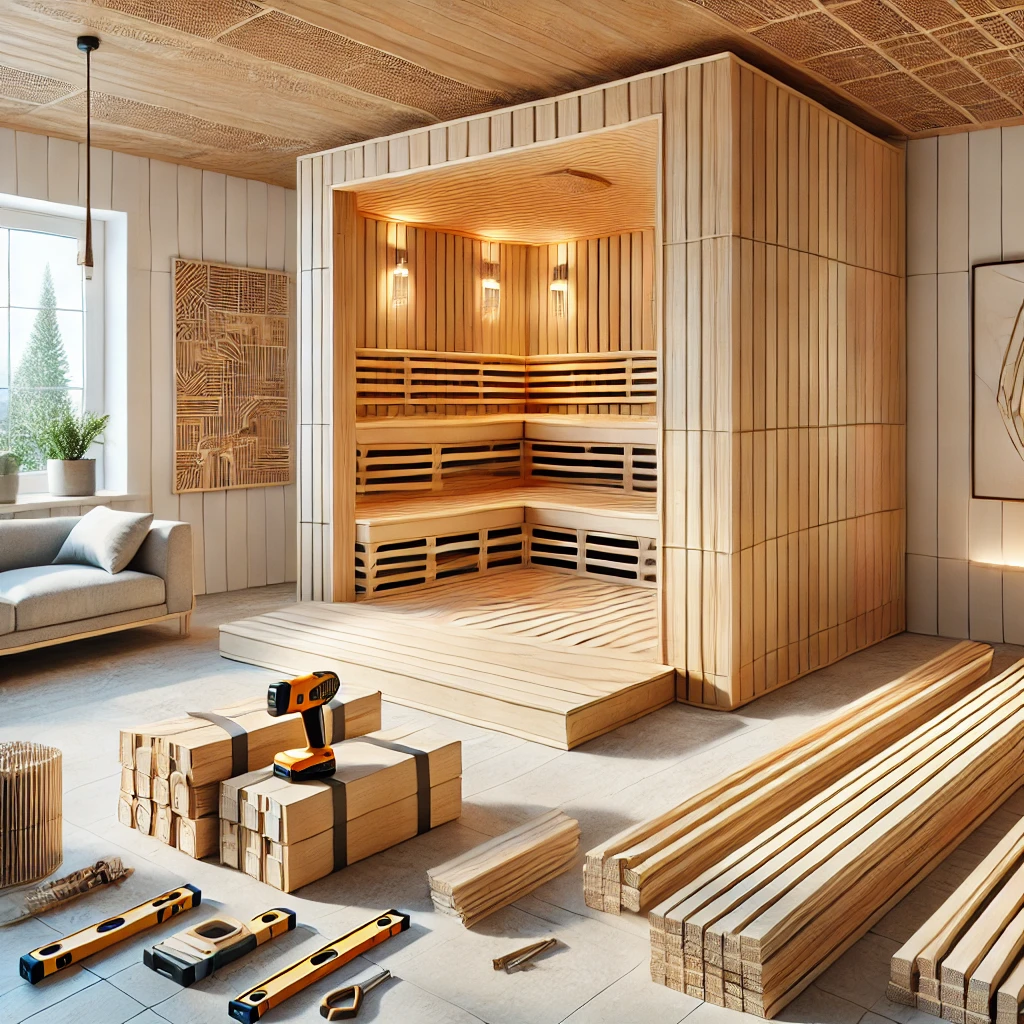
As interest in personal wellness grows, many homeowners are turning to imported saunas for their superior craftsmanship, advanced technology, and aesthetic appeal. While importing a sauna can be a worthwhile investment, it requires careful planning, as international purchases come with unique logistical, regulatory, and technical considerations.
This guide outlines the critical factors you must evaluate before importing a sauna for home use, helping you avoid costly errors and ensure long-term performance and safety.
Shipping and Import Logistics
Imported saunas are typically shipped in large palletized crates, which can weigh between 400 and 1,200 pounds depending on model size and materials.
Key considerations:
- Customs clearance: You’ll be responsible for import duties, VAT (if applicable), and customs processing fees.
- Freight costs: These can range from $300–$1,200+ depending on origin, weight, and delivery location.
- Curbside vs. white-glove delivery: Most suppliers offer curbside drop-off unless you upgrade to in-home placement and uncrating.
Always confirm with the seller:
- Incoterms (FOB, CIF, DDP, etc.)
- Country of origin
- Timeline from order to arrival (4–12 weeks is typical)
Electrical Requirements and Compatibility
Most imported saunas, especially traditional electric models, operate on European or international voltage standards.
Voltage and Frequency
- European models typically use 230V/50Hz
- North American homes operate on 120V or 240V/60Hz
What You’ll Need:
- Dedicated 240V circuit (for most traditional saunas)
- Licensed electrician to perform the installation
- GFCI-protected breaker to meet code and protect users
- Step-up or step-down transformer if voltage mismatches exist
- For infrared models, confirm plug type (Schuko, NEMA 6-20, etc.)
Always request a wiring schematic and technical sheet from the manufacturer before purchase. Improper setup can void warranties or create fire hazards.
Product Certifications and Legal Compliance
Imported saunas must meet local building codes, electrical safety standards, and in some regions, health department regulations (especially for commercial use).
Look for:
- UL or ETL certification for electrical safety (for U.S.)
- CSA approval (for Canada)
- CE certification (European compliance; not always sufficient for North America)
If the unit lacks appropriate certification, insurance claims or warranty coverage may be denied in the event of damage or malfunction.
Wood Type and Climate Suitability
Different climates respond differently to sauna materials, especially outdoors. Many imported saunas use Thermo-Aspen, Nordic Spruce, or Hemlock, which are excellent for temperature stability and low resin.
Questions to Ask:
- Is the wood kiln-dried and rated for high humidity?
- Is it suitable for indoor or outdoor use in your climate zone?
- Has the sauna been insulated or thermally treated?
- Are panels joined with tongue-and-groove or inferior adhesives?
For outdoor units, ensure the structure is rated for UV resistance, moisture exposure, and temperature swings.
Installation and Assembly
Most imported saunas arrive flat-packed and require 2–3 people for assembly. However, they are not always plug-and-play.
Pre-Installation Checklist:
- Is your floor level, moisture-resistant, and structurally sound?
- Is there adequate ventilation and air circulation?
- Will the crate fit through doorways or staircases?
- Do you have access to local installation support if needed?
Custom saunas may require licensed contractors, permits, or minor construction depending on size and electrical demands.
Warranty and After-Sales Support
Warranties for imported saunas may vary significantly in scope and enforceability.
What to Confirm:
- Is the warranty valid in your country?
- Who handles service requests or parts replacements?
- Are spare parts readily available in North America?
- What is the response time for support?
Well-established brands like Harvia, Klafs, and Saunacore often have authorized distributors or service networks in the U.S. and Canada.
Avoid generic or unbranded imports with no clear warranty documentation or local technical support.
Cost Breakdown
| Cost Element | Estimated Range (USD) |
|---|---|
| Sauna Unit (2–4 person) | $4,000 – $10,000 |
| Freight & Duties | $500 – $1,200+ |
| Electrical Setup | $500 – $1,500 |
| Optional Assembly Labor | $300 – $800 |
| Permits (if required) | $50 – $300 |
Tip: Always factor in total landed cost, not just base price. That includes shipping, installation, power conversion, and compliance.
When Importing a Sauna Makes Sense
Importing a sauna is likely worth it when you:
- Want European craftsmanship and premium materials
- Need a custom-built model not available locally
- Are installing in a luxury home, retreat center, or spa
- Are willing to plan logistics and budget for modifications
It may not be ideal if you:
- Need a budget-friendly or plug-and-play unit
- Can’t access reliable installation or electrical support
- Are unfamiliar with local code compliance for home equipment
Conclusion: Prepare Before You Purchase
Importing a sauna for home use can offer unmatched quality, aesthetics, and therapeutic performance—but it comes with real logistical and technical challenges. By thoroughly understanding voltage compatibility, regulatory issues, wood specifications, and support coverage, you can turn a complex purchase into a successful wellness investment.
Always work with reputable brands and dealers, and consult a licensed electrician and builder before installation. Done right, an imported sauna offers not just relaxation—but long-term health, value, and architectural distinction.
